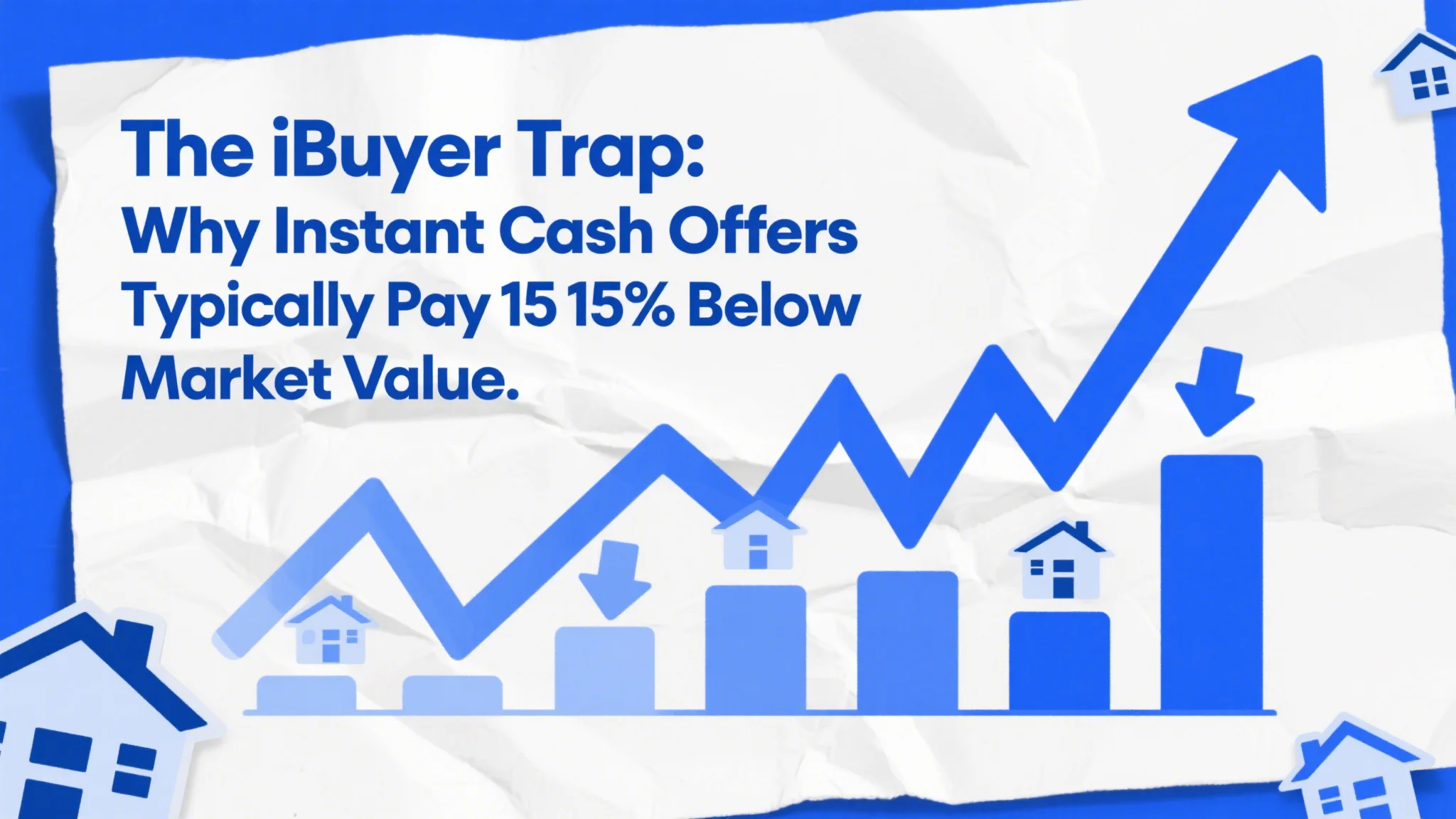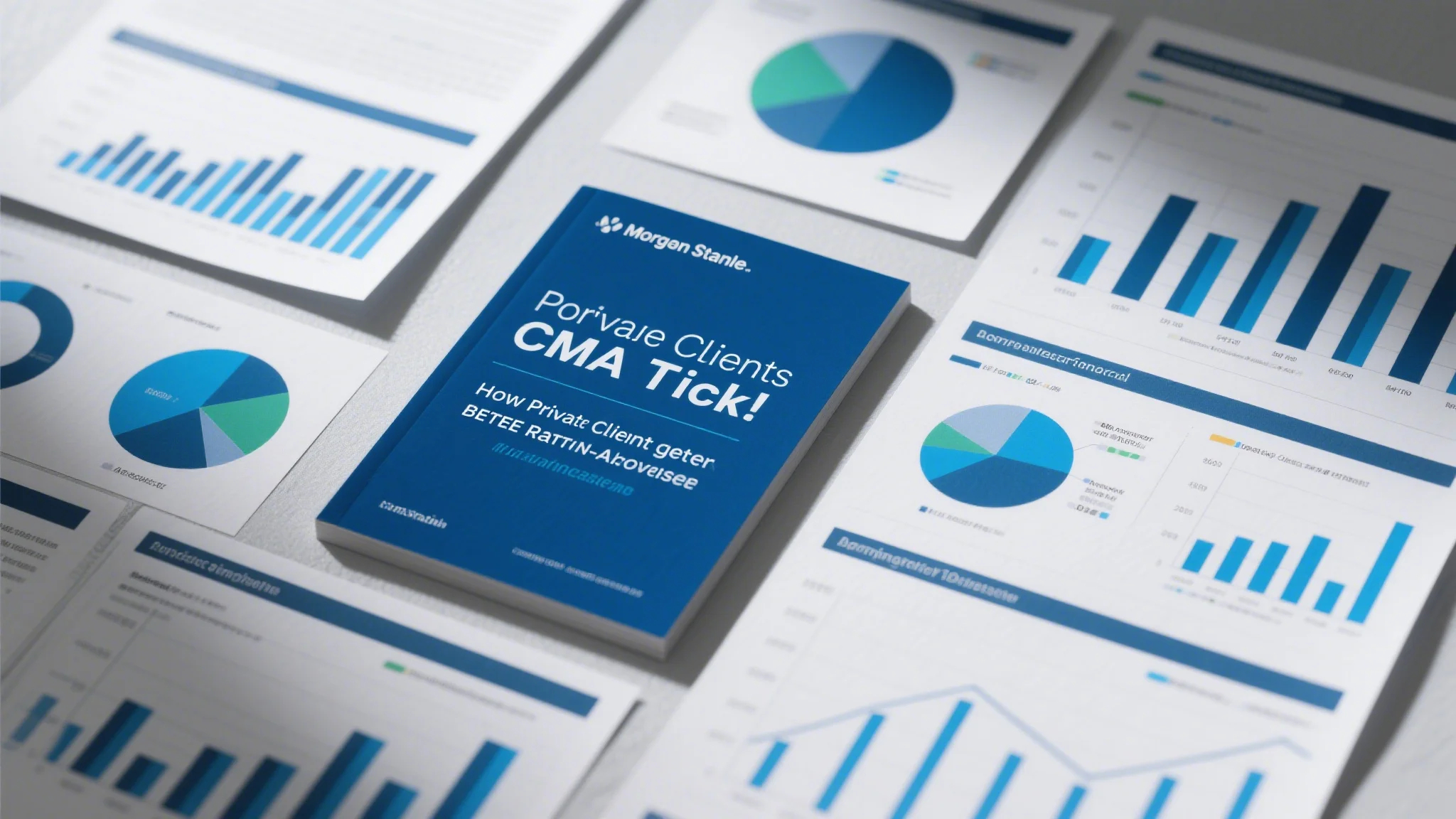Understanding the ARM Reset Crisis
In 2024, millions of homeowners across the United States will face a critical turning point in their mortgage payments. For those with adjustable-rate mortgages (ARMs), the approaching reset can mean a significant jump in monthly payments. The ARM reset crisis is not a distant threat—it’s here, and it’s real. If you’re one of the millions of borrowers with an ARM set to reset in the coming years, you need to understand the risks and take action to protect your financial future.

What is an ARM?
An adjustable-rate mortgage is a type of mortgage where the interest rate changes over time based on a benchmark index. Unlike fixed-rate mortgages, which have a constant interest rate throughout the loan term, ARMs offer a lower initial interest rate for a set period, typically 3, 5, or 7 years. After this initial period, the rate adjusts periodically, often resulting in higher payments for the borrower.
ARMs are popular among homeowners because they often come with lower initial interest rates compared to fixed-rate loans. However, the trade-off is the uncertainty and potential increase in payments after the initial period. For many borrowers, the ARM reset can be a financial shock, especially if market interest rates rise significantly.
Why 2024 is a Critical Year
The 2024 ARM reset crisis is driven by the massive number of ARMs that were originated during the low-interest-rate environment of the mid-2010s. Many of these loans were set to reset in 2023 and 2024, coinciding with a rising interest rate environment. As the Federal Reserve continues to raise rates to combat inflation, ARM borrowers are facing the perfect storm: higher rates and resetting loans.
The impact of the ARM reset crisis is already being felt in many parts of the country. Homeowners are struggling to keep up with their new, higher payments, and some are even facing foreclosure. For those who don’t act quickly, the consequences can be severe.
The Risks of Not Refinancing
If you’re one of the many ARM borrowers approaching your reset date, it’s crucial to understand the risks of not refinancing. Here are some of the key risks:
Payment Shock: The most immediate risk is the potential increase in your monthly mortgage payment. If interest rates rise by even 2-3 percentage points, your payment could increase by hundreds or even thousands of dollars.
Financial Strain: Sudden increases in mortgage payments can strain your budget, making it harder to cover other expenses like utilities, groceries, and healthcare. This financial strain can lead to missed payments, damaged credit, and even foreclosure.
Limited refinancing options: If you wait too long, you may find yourself in a position where refinancing is no longer an option. Lenders may require higher credit scores or more equity in your home, making it difficult for some borrowers to qualify.
Long-term financial damage: The longer you wait, the more time interest rates have to rise further. If you delay refinancing, you may end up paying significantly more in interest over the life of your loan.
Why Refinancing is a Strategic Move
Refinancing your ARM before the reset can be a game-changer. By refinancing, you can lock in a fixed-rate mortgage at a lower interest rate, protecting yourself from future rate increases. This can provide financial stability and peace of mind, knowing that your monthly payments will remain predictable for the foreseeable future.
In addition to financial stability, refinancing can offer other benefits, such as reducing your monthly payment, increasing your home’s equity, and even opening up opportunities for home improvements or other financial goals.
How to Refinance Before Your ARM Resets
Now that you understand the importance of refinancing before your ARM resets, it’s time to take action. Refinancing can seem overwhelming at first, but with the right approach, you can navigate the process smoothly and secure a better financial future. Here’s a step-by-step guide to refinancing before your ARM resets.
1. Check Your Credit Score
Your credit score is one of the most important factors in determining your eligibility for a refinanced loan. Lenders typically require a minimum credit score of 620 for conventional loans, but scores above 700 are generally considered ideal.
If your credit score isn’t where you want it to be, take steps to improve it before applying for a refinanced loan. Paying down debt, making on-time payments, and avoiding new credit inquiries can all help boost your score.
2. Compare Lenders
Refinancing can be a competitive market, so it’s important to shop around and compare lenders. Different lenders may offer different rates, terms, and fees, so it’s worth taking the time to find the best deal for your situation.
When comparing lenders, consider the following:
Interest rates: Look for the lowest possible interest rate that fits your budget and long-term goals.
Closing costs: Closing costs can add thousands of dollars to the cost of refinancing, so be sure to factor these into your decision.
Loan terms: Consider the length of the loan term and whether it aligns with your financial goals.
3. Work with a Refinancing Expert
Refinancing can be a complex process, so it’s a good idea to work with a qualified mortgage professional. A refinancing expert can guide you through the process, help you understand your options, and ensure that you’re making the best decision for your financial future.
When choosing a refinancing expert, look for someone with experience in ARM resets and refinancing. A knowledgeable professional can help you navigate the complexities of the market and find the best possible terms for your situation.
4. Lock in a Fixed-Rate Mortgage
One of the key benefits of refinancing is the opportunity to lock in a fixed-rate mortgage. A fixed-rate mortgage ensures that your interest rate and monthly payments remain the same for the entire loan term, providing stability and predictability.
When choosing a fixed-rate mortgage, consider the length of the term. Common options include 15-year and 30-year fixed-rate loans. A 15-year loan may offer lower rates and faster payoff, but it comes with higher monthly payments. A 30-year loan may have slightly higher rates but lower monthly payments, making it more manageable for some borrowers.
5. Evaluate Your Options
Before finalizing your refinanced loan, take the time to evaluate all your options. Consider whether a fixed-rate or adjustable-rate mortgage is the best choice for your long-term goals. If you’re refinancing to avoid the ARM reset, a fixed-rate mortgage is likely the best option. However, if you’re confident in your ability to handle potential rate increases in the future, an ARM may still be a viable option.
Additionally, consider any other financial goals you may have. For example, if you’re planning to sell your home in the near future, a shorter-term loan or a different loan structure may be more appropriate.
6. Complete the Refinancing Process
Once you’ve chosen a lender and a loan option, it’s time to complete the refinancing process. This typically involves submitting an application, providing documentation, and going through the underwriting process.
Be prepared for the process to take several weeks, as lenders need to verify your financial information and assess your eligibility. During this time, it’s important to stay in close contact with your lender and provide any additional information or documents they may require.
7. Lock in Your New Rate
One of the most critical steps in the refinancing process is locking in your new interest rate. Once you’ve been approved for a loan, you’ll have the opportunity to lock in the current rate. This is especially important in a rising-rate environment, as rates can increase quickly and significantly impact your monthly payments.
When locking in your rate, be sure to consider any potential rate-lock fees and ensure that the rate you’re locking in is one you can afford for the long term.
8. Close on Your New Loan
Once the underwriting process is complete and you’ve locked in your new rate, it’s time to close on your refinanced loan. At this point, you’ll sign the final documents and make any necessary payments, such as closing costs and earnest money.
After closing, your new loan will take effect, and you’ll begin making payments based on your new interest rate and terms.
The Benefits of Refinancing
Refinancing before your ARM resets can provide numerous benefits, including:
Lower monthly payments: If you secure a lower interest rate, your monthly payments may decrease, freeing up cash flow for other expenses or savings.
Long-term financial stability: A fixed-rate mortgage provides predictable payments and protects you from future rate increases.
Increased equity: Refinancing can help you build equity in your home faster, especially if you choose a shorter-term loan.
Improved financial flexibility: With lower payments and increased equity, you may have more financial flexibility to pursue other goals, such as home improvements, travel, or education.
The 2024 ARM reset crisis is a significant challenge for millions of homeowners, but it doesn’t have to be a disaster. By understanding the risks and taking proactive steps to refinance, you can protect yourself from skyrocketing payments and secure a more stable financial future.
Refinancing may seem like a daunting process, but with the right guidance and preparation, it can be a smooth and rewarding experience. If you’re a homeowner with an ARM set to reset in 2024, now is the time to act. Don’t wait until it’s too late—start exploring your refinancing options today and take control of your financial future.
By refinancing before your ARM resets, you can avoid the pitfalls of the 2024 ARM reset crisis and enjoy the peace of mind that comes with predictable, affordable mortgage payments. Your financial future is too important to leave to chance—take action now and secure your home’s financing for years to come.


